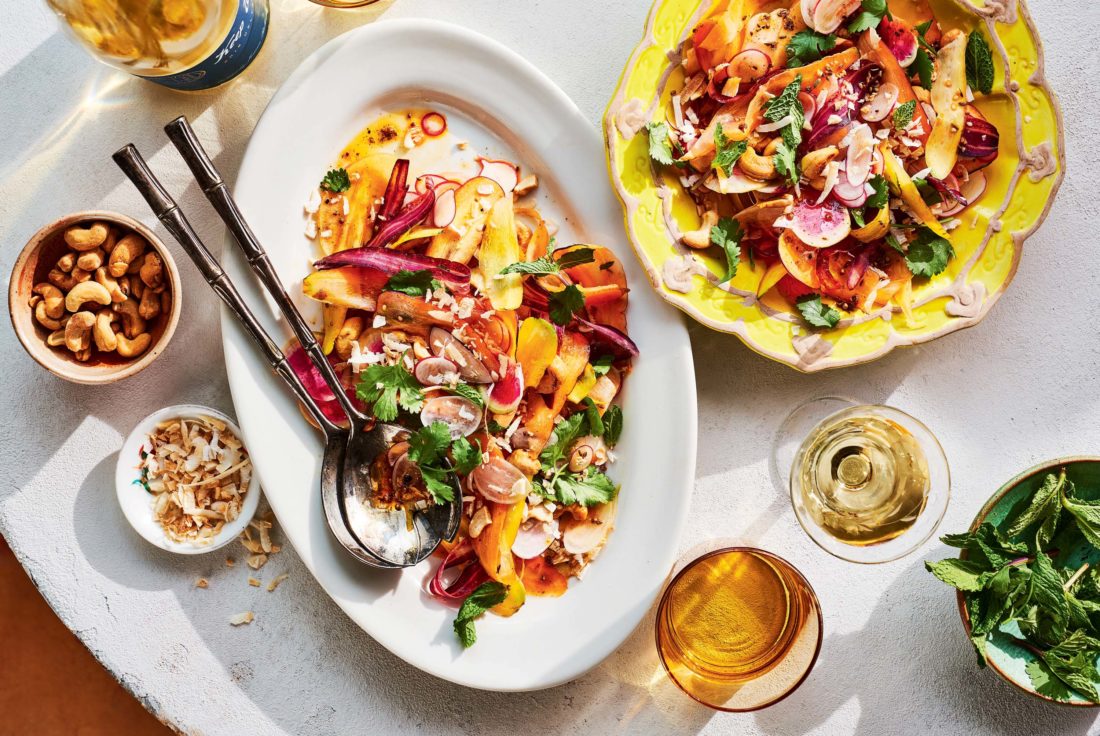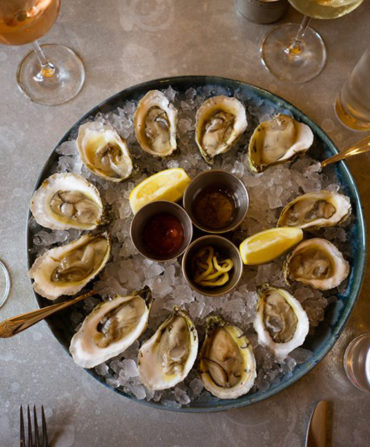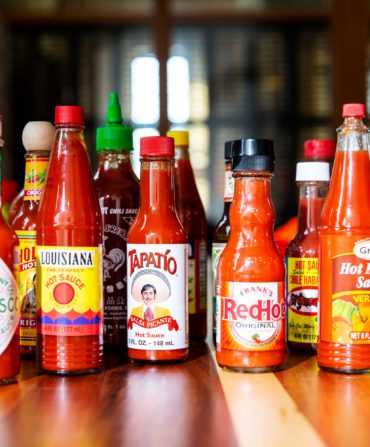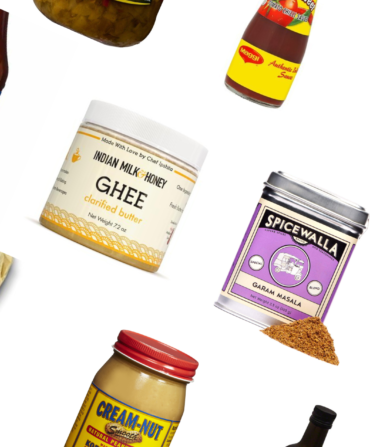For hyperseasonal chefs like Cheetie Kumar, Southern spring vegetables are a wonder. “I want all of the crunchy things and all of the green things,” says Kumar, the chef and co-owner of Garland in Raleigh.
Last spring, as the nation shut down for the pandemic, she didn’t have the time to celebrate early season vegetables. Instead, she was scrambling. She and her husband, Paul Siler, temporarily closed the cozy bar they run below Garland and the airy performance space they operate above it. And at the restaurant, Kumar shifted from creating delicate vegetable-forward dishes seasoned with ginger, coconut, and a host of South Asian spices to meals that could feed people who found themselves suddenly unemployed. She juggled loans to keep the restaurant afloat, protocols to keep her staff healthy, and new ways to make food that would still be lovely and delicious packed into a to-go box.
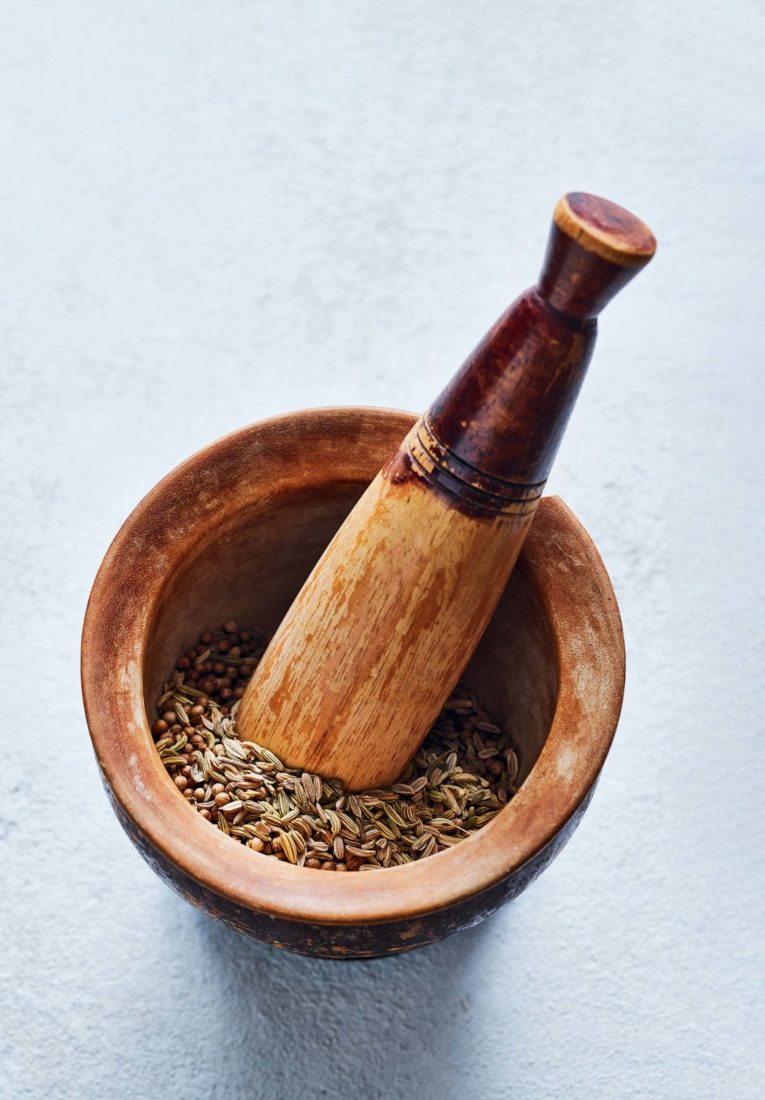
This year, though life hasn’t yet returned to normal, she’s looking forward to having a little more breathing room to appreciate the South’s spring bounty. One of her favorite ways is to shave tender young root vegetables like carrots, purple daikon radishes, and hakurei turnips into a colorful salad. Some lightly blanched, thinly sliced early snap peas would make a nice addition to the party, too. “Anything crunchy and delicious would work,” she says. “Just relax and let the vegetables speak for themselves.”
To bring out the best in the vegetables, Kumar uses a technique she learned growing up and a little finesse with a mandoline. She enhances her salad, which was inspired by a recipe from the late Yamuna Devi, a celebrated cookbook author and Hare Krishna leader, with toasted coconut and a warm vinaigrette made with whole fennel, coriander, and ajwain seeds, also called carom seeds, a spice that often shows up in Indian curries and breads and in meat dishes and pickles in the Middle East. You can substitute a tablespoon of fresh thyme leaves, “but sourcing ajwain is worth the trouble,” she says. Look for it online or at international grocery stores.
The salad takes a little prep, but the final steps move quickly. Make sure to have everything mixed and measured before you slice the vegetables. Then temper the spices, a technique that bathes seeds and spices in hot ghee or oil for several seconds to yield a deep flavor and a heady aroma. The hot oil gets tossed into the vegetables, and Kumar finishes the dish with a smattering of soft, fresh spring herbs and a handful of roasted cashews or peanuts.
While it makes for a nice light lunch on its own, the salad would also be right at home next to a piece of fish or grilled chicken. But the real stars are those early vegetables that signal the Southern spring and, this year, nod to better days ahead. “It’s fun to think about a spring,” she says, “when we’re all vaccinated and writing recipes that don’t require aluminum boxes.”


